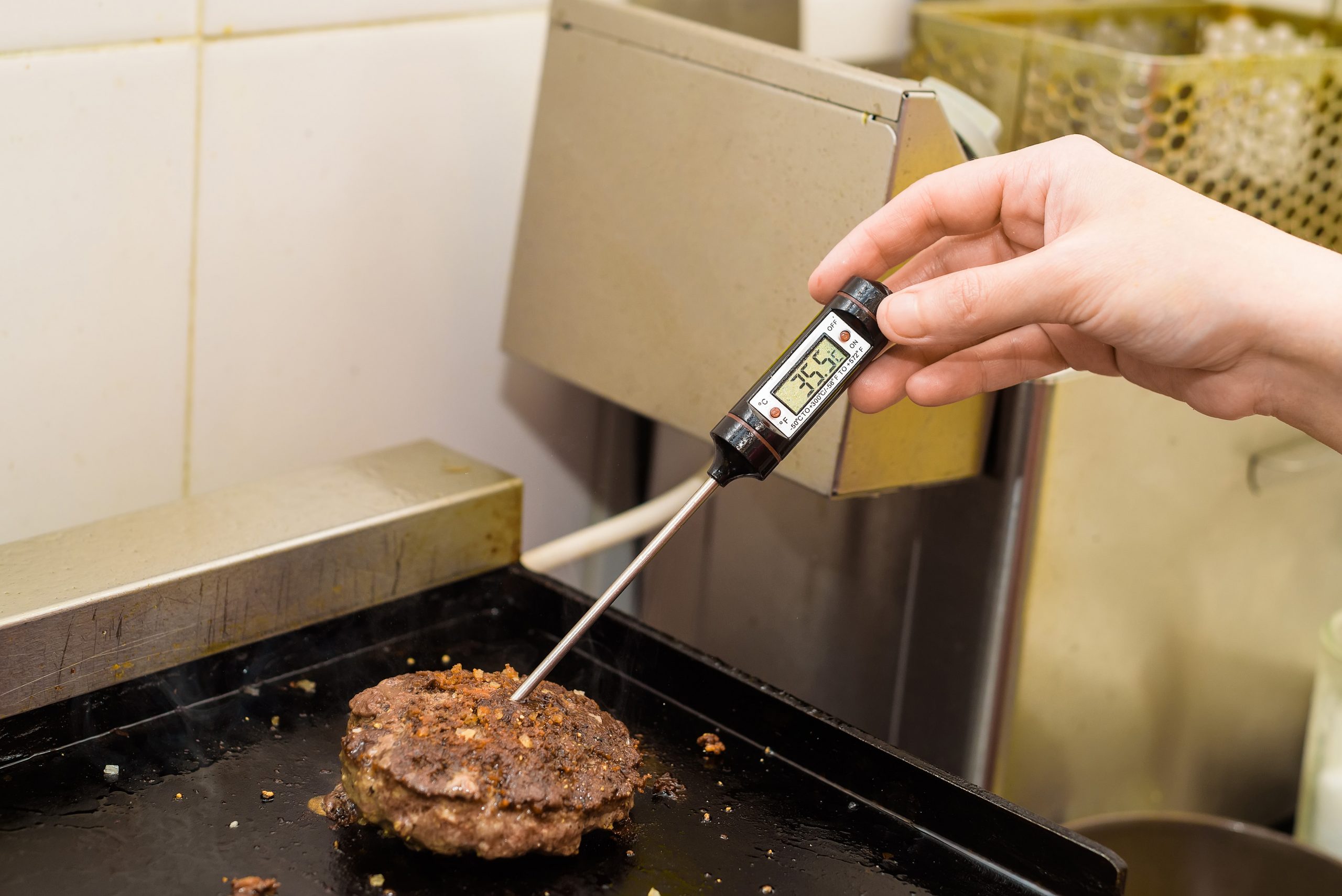
Kitchen, Bar Management, Management, Restaurant Management
Food Safety Temperatures 101: How to Avoid the Danger Zone
By Andrew Turnwall

By Andrew Turnwall

There are exact food safety temperature standards that determine what makes food done, safe, or inedible. Your establishment’s local public health and food safety office probably gave you strict food safety guidelines for your restaurant. But, honestly, we could could all use a refresher on those standards before the next inspection.
Let’s go through a primer on food temperature safety, proper procedure, and best practices to reduce restaurant inventory waste.
Prepared food has to be kept at precise temperatures to remain safe.
For safety (and humanity’s love of round numbers), most guidelines accept temperatures of below 40° or above 140° Fahrenheit.
Any temperature in between those two numbers is known as the “danger zone.” This danger zone is an ideal environment for bacterial growth. Of course, food will always pass through this zone during the cooking or freezing process, but limited exposure is generally safe. Two hours is the absolute maximum food can live in this zone before it’s officially considered inedible. It only takes minutes for bacteria to start growing, so less time is always better.
In a busy kitchen, it’s easy to lose track of how long something has been in the danger zone. A few minutes here and there add up, so vigilance is key. Here are a few food safety tips to remember so you can avoid foodborne illness in the kitchen:
While not difficult, keeping track of food and cooling temperatures needs to be done on time, in regular intervals, and in a way that’s easy to check. At every point in your kitchen and walk-in’s that requires temp checks, have a log on hand. Your fridges and freezers should each have their own thermometer. You should also have several food thermometers for food you’re currently cooking, food that’s kept hot, and food kept cold.
Check your food every two hours and log that data where you can reference it later. Standardized sheets are available online, or you can customize your own in Word or Excel. At the very least, the log should record:
With your temperature records readily available, anyone can make sure your food is safe. It’s a quick and simple way to ensure every plate of food meets local and federal safety standards.
Schedule 15mins to chat with a product specialist
Start a FREE Trial Today! BevSpot offers full product education and account setup for all customers! No card Information needed!
